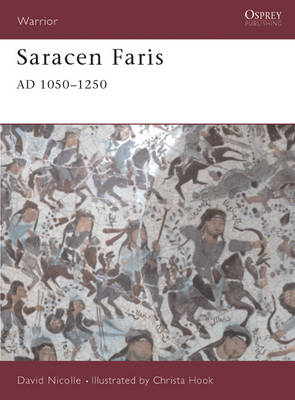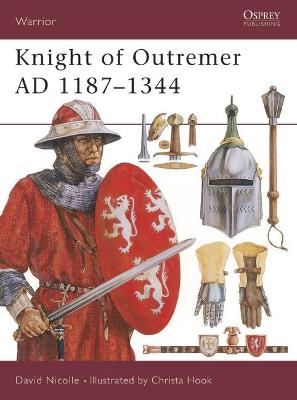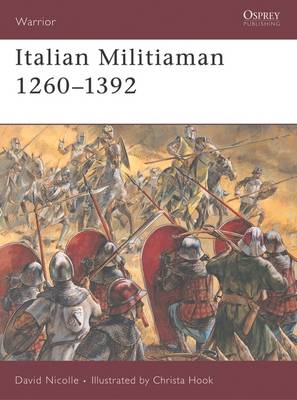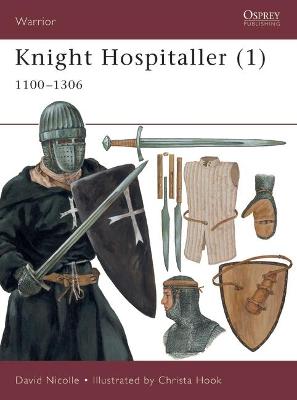Warrior S.
4 primary works
Book 10
In the Middle East, not only were the 12th and 13th centuries punctuated by European Crusades but, even more significantly, the mid-11th century saw the invasion of the Saljuq Turks and the mid-13th century witnessed a devastating Mongol assault. Crucial to the Middle Eastern forces involved was the professional cavalryman, known as a faris or 'horseman'. A faris' training was far more wide-ranging than that of a contemporary European knight, including the use of horse-archery and the ability to fight on foot as well as general horsemanship and the use of the lance and sword. David Nicolle's text presents a detailed view of these fascinating and versatile warriors.
Book 18
After Saladin's great victory at the Battle of Hattin in 1137, Outremer, as medieval westerners called the remaining Latin or Catholic enclaves in the eastern Mediterranean, was no longer a threat to Islam. Its military elites preferred to live in peace, focusing on trade as much as on the defence of Christendom's holy places. In this, the first book in the English language to objectively study the knights of the Latin East, David Nicolle presents a well-balanced and informed account of the Western warriors who defended the Crusader territories for so long.
Book 25
Medieval Italy was characterized by regular warfare among its numerous city-states, as well as internal strife within comunes as aristocratic factions fought each other for domination of the cities' governments. In this context, Italian warfare developed quickly, with the crossbow playing a key role in improving the armour technology of the Italian city militias that used them. This book traces the evolution of the Italian militiaman, providing a comprehensive view of all aspects of the late medieval Italian city militias, from the weaponry, attitudes and social backgrounds of their members, to the political context that made such formations necessary.
Book 33
The Hospitallers were the first of the Secular Crusading Orders to be created, though they were only 'militarized' after the establishment of the Templers. The Hospitallers played a major role in the military struggle between Christendom and the Islamic World throughout the medieval and early modern periods. The Hospitallers recruited from a wide section of society, but their structure and attitudes reflected the aristocratic based society of their day. They primarily campaigned on land during the first phase of their existence, and primarily at sea during their second phase. This book offers a full exploration of the significant role played by the Hospitallers in the cultural, political and economic development of the Christian Empire.



